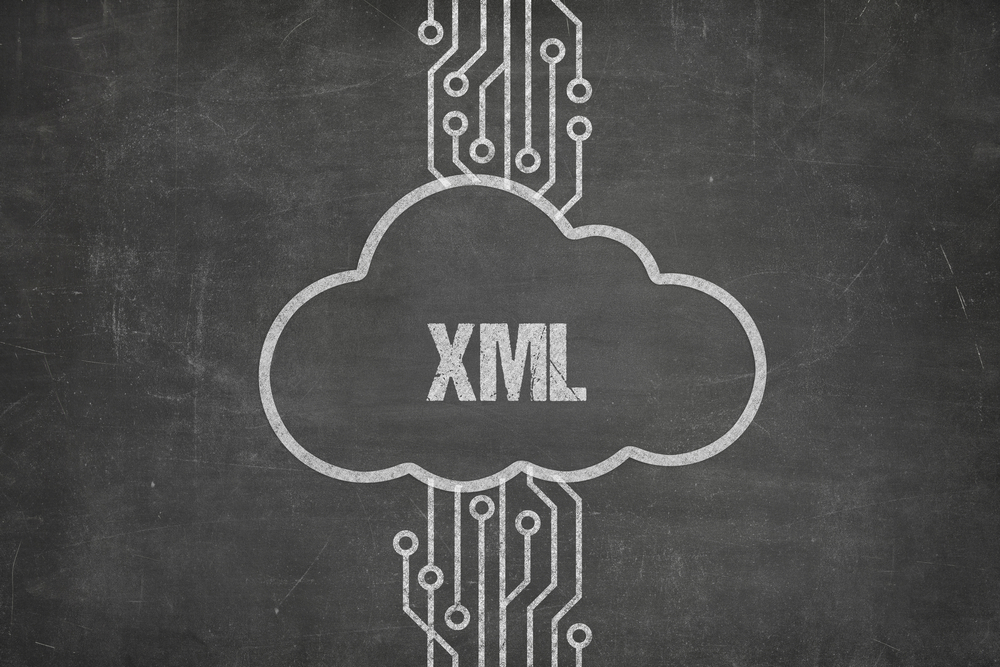Data integration is a complex process that involves consolidating data from several sources. These sources often do not have data stored in a compatible format. So, there’s a strong need for a viable automation tool that organizes data into a common syntax. The Extensible Markup Language (XML) is being touted as the best in fulfilling this very critical requirement.
Data integration of XML files is an important function of modern data-driven enterprises. In this article, you’ll learn how to use XML to successfully automate and integrate data and systems across your organization while enabling effective and efficient business operations.
6 Steps for XML Data Integration
The process of extraction, conversion, and loading of data via XML data integration method requires synchronized interoperability among all units of a system. The steps commonly involved are:
1. Treating XML data integration as a business function
XML data integration helps companies define and implement key processes and capabilities. As your company’s reliance on XML data integration strategy evolves, you should value your XML capabilities as important business functions.
To treat XML integration as a business function, consider:
- Defining and implementing an XML application as a business’ strategic function and IT administrative function.
- Evaluating the entire workflow of information within an organization under XML enabled policy.
- Managing XML-specific functions for data entry, information analysis, real-time processes, strategic development, and/or improvement/feedback.
2. Automating extraction XML Data Sources
The next step is to automate extraction from XML data sources. Using XML data integration tools, you can reduce the chances of error, expedite the integration process, reduce developers’ costs, and improve data governance.
Many businesses lack the governance and management structure to optimize the use of XML. This causes processes, systems, and functions to under perform. With relevant XML integration tools, not only you automate data extraction but also improve overall data federation.
3. Enforcing XML Implementation Structures
To establish an effective XML data integration strategy, the deployment scheme must be simple with coherent data structures. This can be achieved by the continuous reassessment of the schema and structures by their creators and a rigorous justification process requirement for every modification.
4. Implementing XML change management
For real-time interoperability between discrete units, the application must manage and synchronize data efficiently. Otherwise, the entire system can be susceptible to unnecessary data that can’t be used for OLAP.
XML change management procedures strengthen operations and maintain the workflow. By successfully implementing XML data management procedures, you can ensure timely and accurate communications with your internal and external partners, and reduce the level of risks.
Here’s what you need to do:
- Utilize software development resources and procedures to effectively manage changes in XML deployments.
- Develop and maintain an XML registry that enables developers, data modelers, managers, and programmers to easily share data definitions and valid values.
- Make sure that data quality of XML integration standard is a steady aspect of your enterprise’s deployments.
5. Focusing on XML Data Methodology
For integrated XML data model, you should adapt well-planned methodologies. It provides an ideal workspace where each module adheres to the centralized mechanism.
- Follow the architectural guidelines and come up with the best XML deployment practices.
- Establish guidelines to improve data model and tooling quality.
- Invest in developers, managers, and building user-interaction skills so that you can efficiently work in an XML-based environment.
- Design data models that can accommodate all stakeholder data requirements.
6. Staying updated with XML Data Integration Standards
Staying updated with XML data standards allows diversifying the business realm. It provides a good space to connect, integrate, collaborate, and exchange data or information.
Here’s what you should do:
- Monitor your XML specifications and functional applications related to your organization’s strategies.
- Mandate XML-based integration for new data sources.
- Explore the latest data integration solutions to update XML specification via templates and updated tools.
- Seek opportunities to reuse XML integration components.
Why Data Integration of XML Files is Important
Over the years, XML has become the standard for exchanging data over the Web and on enterprise intranets. It provides a simple, standard, and well-accepted data model. That’s because XML allows you to model hierarchies, lists, and complex data types directly in the structure. So, you can use XML to model virtually any type of data. This makes XML far more flexible and forgiving of change than other formats.
Astera Centerprise is a robust XML data integration tool that features a vast collection of built-in connectors for both modern and traditional data sources, including simple CSV, Excel, or fixed-length files, relational databases, hierarchical EDI and XML files.







